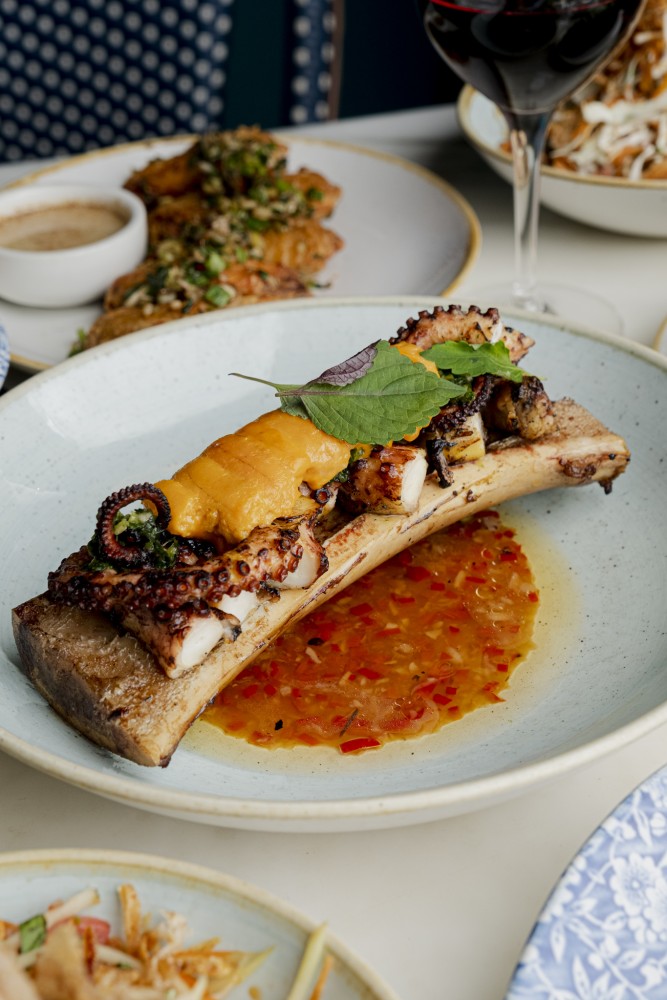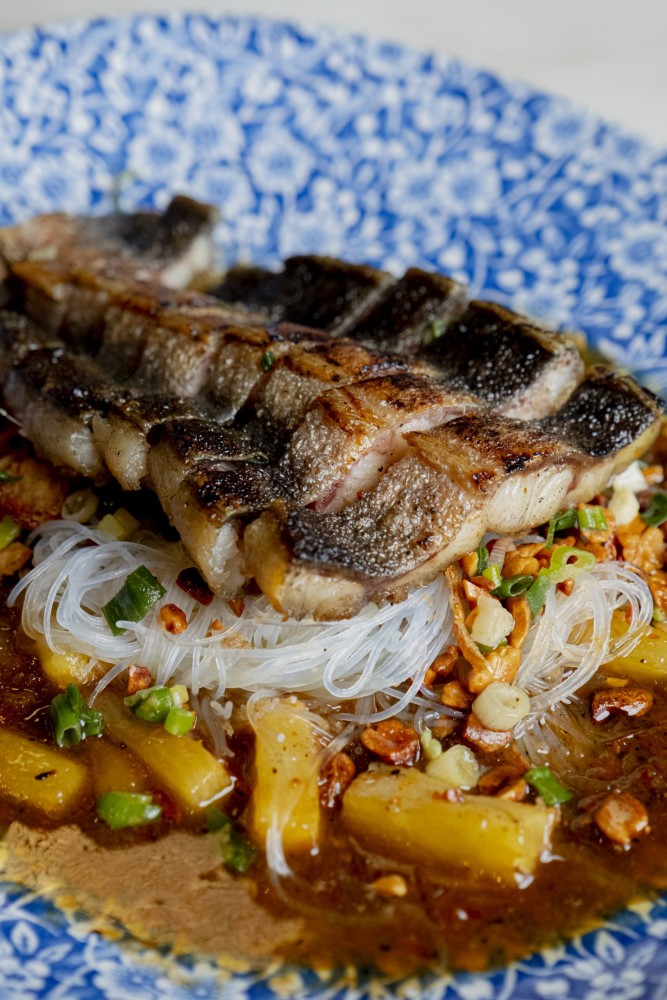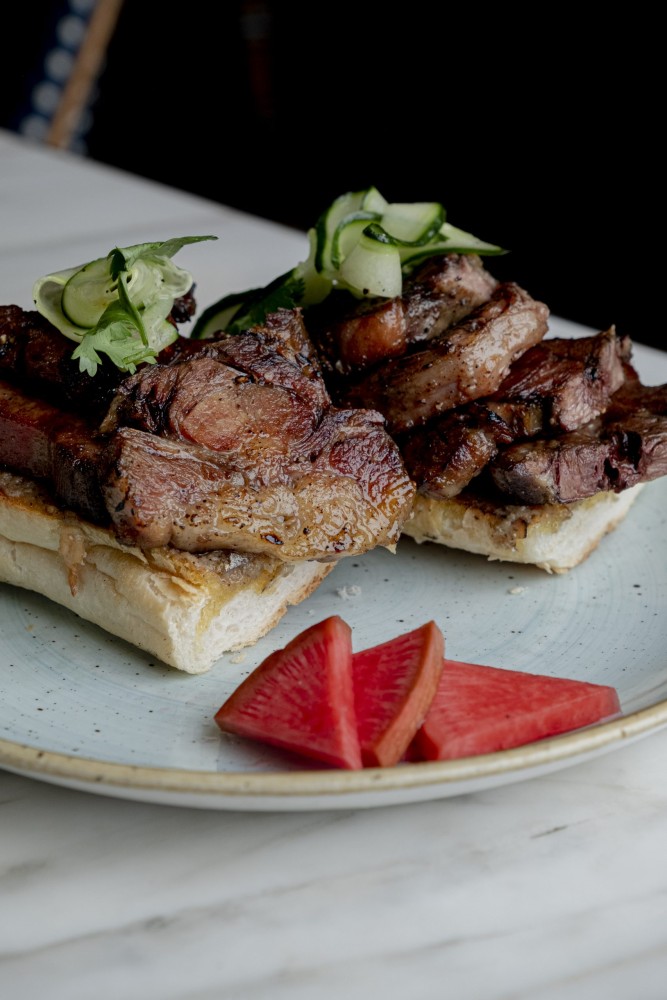#legendeats: Chef John Nguyen upscales Vietnamese comfort food
Oct 20, 2022
Born in Saigon, Vietnamese cuisine has always been a humble staple and the type of comfort food that chef John Nguyen enjoyed at home. Inspired by his mother and grandmother, the chef transforms simple ingredients into wholesome meals. With his recent appointment as head chef at Le Garçon Saigon, he shares with Ha Rin Choi his cooking philosophy and next culinary chapter

Growing up in California, chef John Nguyen was raised with home-cooked traditional Vietnamese meals. It proved to be the perfect backdrop which allowed Nguyen to combine his knowledge of Asian cuisine with Western-style cooking techniques, and set the now-head chef of Chôm Chôm and Le Garçon Saigon on his culinary career.
Currently overseeing the menus at the two Black Sheep restaurants, Nguyen is bringing his version of comfort food as upscale fusion delicacies to international diners. From his revelatory vegan soy-based fish sauce to his knack for layering flavours and unexpected elements, Nguyen keeps diners on their toes and continues to eschew tradition for innovation.
After his recent move to Saigonese grill house, Le Garçon Saigon, he immediately showcases an array of contemporary Vietnamese dishes on its menu.
Here, the chef talks about how he first found his passion for cooking, the challenges he faced, and why Hong Kong has ultimately become his destination.
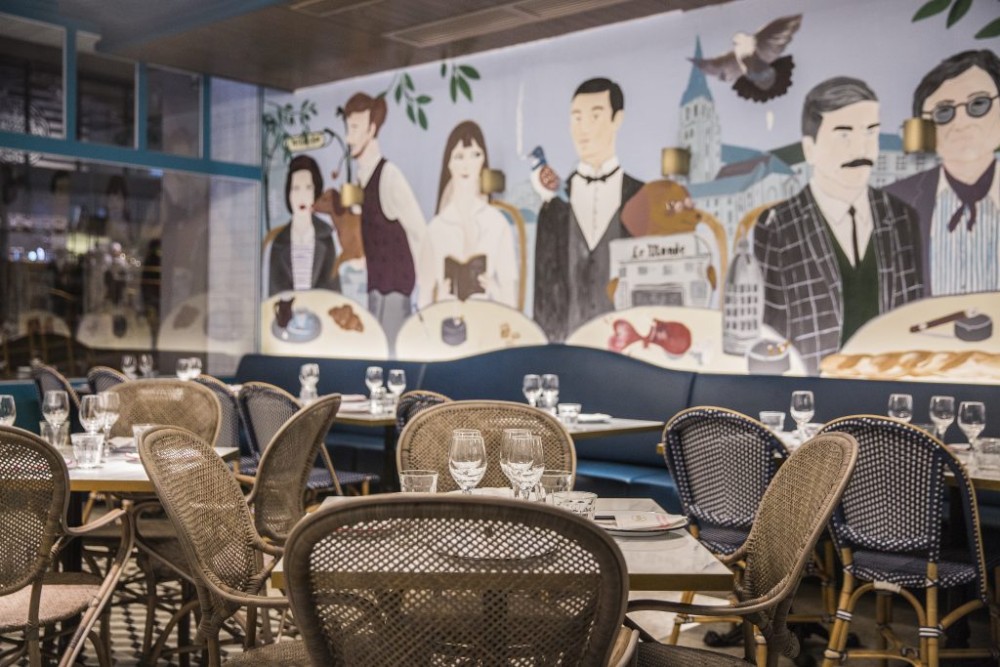
What compelled you in becoming a chef and what inspired you?
As a kid, Vietnamese food mostly meant the humble, comfort food meals enjoyed at home. I have fond memories of watching my mother and grandmother transform simple ingredients into rich and resonant meals for the family. They are my biggest inspiration and laid the groundwork for my love for cooking.
Growing up, I took a leap of faith and enrolled in culinary school in Vermont. Since then, I have been lucky to work alongside some fantastic chefs in high-profile Michelin-starred kitchens on both coasts throughout my career.
In 2010, I had a meal at Pujol, which ranked in the top nine of the World’s 50 Best Restaurants in 2021, and it inspired me to pioneer a similar transformation within the humble cuisine of my homeland. I felt there was a story within Vietnamese cuisine that I could tell. This pushed me to open Hanoi House in New York’s East Village.

What were some of the challenges you faced?
One of the biggest challenges I faced was the stereotype of Vietnamese cuisine in Hong Kong. Vietnamese cuisine is always tied to pho and bánh mìs, and sometimes people think that foods other than those are not authentic Vietnamese food. No doubt, pho and bánh mìs are integral to the vibrant Vietnamese food culture, but there is much more to offer.
I want to put the spotlight back on the underrepresented Saigonese grilling culture. It doesn’t matter where you are in Saigon or what time of day it is; you will always find the charcoal scent of an inviting barbecue floating through the main roads. This is part of why I wanted to introduce a new menu showcasing the best of a Saigonese grill house and the depth of Vietnamese cuisine. In addition, I try to talk to every guest at Le Garçon Saigon, sharing with them the unexplored parts of Vietnamese cuisine.
Also see: October feast with 9 new menus and venues to try in Hong Kong
Why is Hong Kong an important step for you?
I have always been drawn to Hong Kong’s exciting culinary scene and possibilities. However, my mother once said, “If you want to be successful, you must win the Hong Kong market”. This motivated me to move to this fantastic city, so I took on the opportunity to join Black Sheep Restaurants.
I also like having Hong Kong as my base as it is close to my homeland, Vietnam (unlike New York!). Before the borders closed, I travelled to Vietnam every month to try different restaurants and familiarise myself with the culture and heritage. I can’t wait for the border to reopen fully. I will spend some time in Saigon and other parts of Vietnam as soon as possible.
What are some of the most popular items on the menu? And what are some of your favourite dishes?
My favourites are the Charcoal-Grilled White Eel and the Ga Nuong Muoi Ot or grilled, dry-aged three-yellow chicken with house-made chilli dressing. Of course, they have different flavour profiles, but both of them represent my story.
The Charcoal-Grilled White Eel is a tribute to my dad, who grew up in Hanoi. In Hanoi, eel is widely used in all courses: eel salad, eel soup, grilled eel, you name it! Staying true to the city’s flavours, I added another staple bánh hoi, or glass noodle and a house-made pineapple anchovy dressing to give sourness, acidity and a tangy taste to the dish.
While the Ga Nuong Muoi Ot is a representation of my mom. Meaning grilled salty and spicy chicken, uses three local yellow chickens and dry-aged for two days for peak flavour and texture, and further smoke for 12 hours before grilling. It looks super simple, but it is complex and bold; Just like my mom, sophisticated, fearless and has an appetite for taking risks.
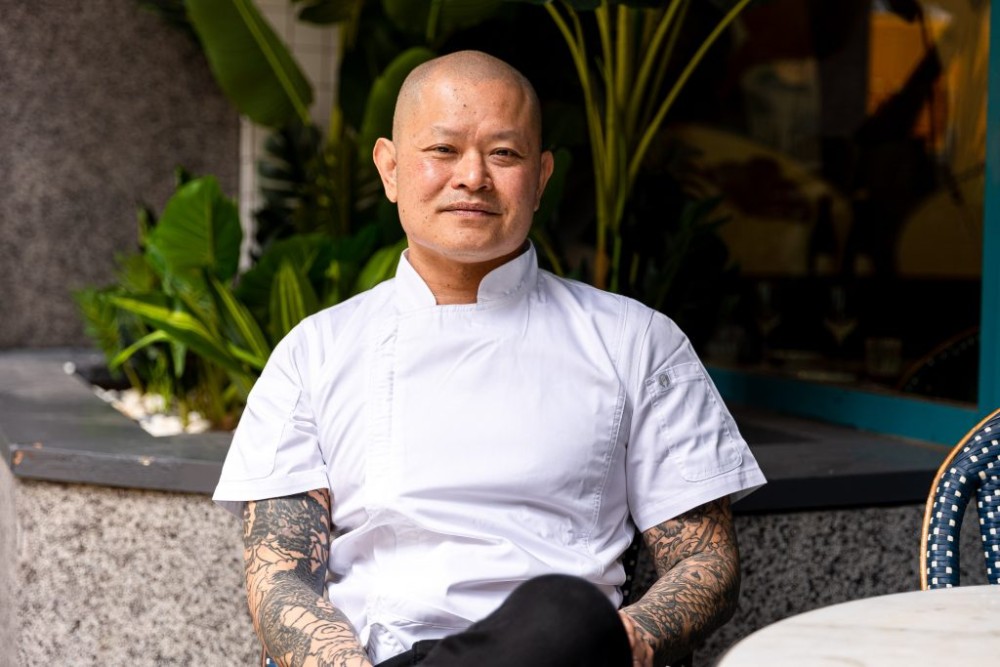
What is your formula/philosophy for making great food?
Balance of flavour is the key to all of my dishes. In Le Garçon Saigon, we serve many bold dishes highlighting Saigon’s grilling culture, but all of them are well thought-out and balanced.
Our Ember-Grilled Octopus with Hokkaido sea urchin is an excellent example of balanced flavours. Think tender octopus covered with creamy uni and served with roasted bone marrow. Grilled octopus, in general, is a lean protein, and the fat from bone marrow perfectly complements it. In addition, the rau ram oil gives a taste of freshness, and the tamarind brings a sourness to the dish making it more cohesive and balanced. And, of course, the Hokkaido sea urchin gives that extra kick of umami.
Also see: #legendeats: Afternoon tea delights this season
What can we expect next from chef John Nguyen?
One of my biggest goals is to continue to push the boundaries of classic Vietnamese cuisine, elevating them into more refined dishes while staying true to the core of this amazing cuisine. As a Vietnamese-American chef classically trained in European kitchens and western-style cooking techniques, I am influenced by both cultures and consider both equal parts of my heritage. That is why my interpretation of Vietnamese recipes is different – all the dishes tell guests a little bit about my culinary journey from New York to Saigon. I am planning to travel back to Saigon next year to reconnect and rediscover my roots.



























